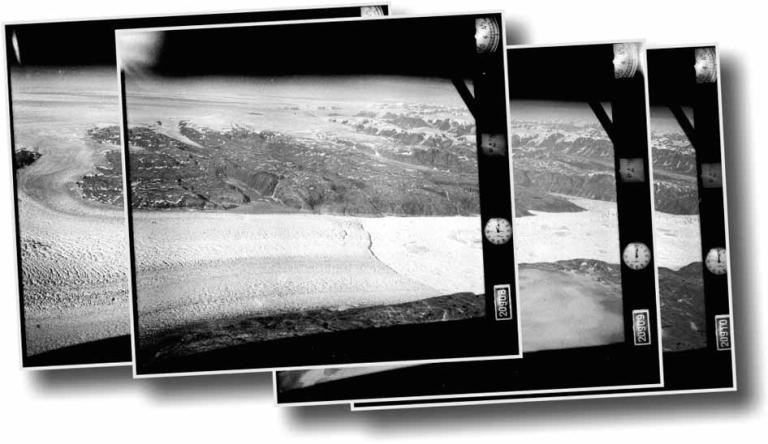With the revitalization of American cities has come increased excitement about public parks; we may have less land to spare than in Frederick Law Olmsted’s day, but we’re finding creative ways to squeeze more open space and greenery out of brownfields, empty lots, and old train tracks. The mayor of Ithaca, N.Y., even turned his unused parking space into a mini-park.
Now, the nonprofit Trust for Public Land (TPL) has devised a system that allows you to keep tabs on your city’s progress, and compare your hometown to the burg next door. It’s called ParkScore, and it measures and ranks the park systems of the country’s 40 largest cities. It’s not like Walk Score, where you can type in your address and get a walkability rating for your immediate neighborhood, but I’m sure the data could be used the same way (and similarly co-opted as a real-estate selling point).
And the winners? San Francisco came in first, followed by Sacramento, New York, Boston, and Washington, D.C. Bringing up the rear is Fresno, Calif., where more than 60 percent of the population lacks easy access to public parks. Charlotte, N.C., Louisville, Ky., and Indianapolis are also at the bottom of the heap.
TPL calculated the rankings using a formula that gives equal weight to acreage (both median park size and park acres as a percentage of the city area), service and investment (park spending per resident and playgrounds per 10,000 residents), and access (how much of the population lives within a 10-minute walk of a city park). While dense San Francisco got high marks for access, spending per resident, and park land as a percentage of city area, it fell short on playgrounds and median park size (1.97 acres); other than the famous 1,500-acre Presidio, most of the city’s parks must be pretty damn small. In Phoenix, on the other hand, median park size is 14.5 acres, but at least half the population lacks easy access.
TPL mapped areas in need of more parks by looking at population density, percentage of population 19 and younger, and household income. They assumed that lower-income neighborhoods are generally more in need, which makes sense: higher-income neighborhoods already have more greenery, more single-family homes with yards, and streets safer to play on. Imagine being among the 60 percent of Fresno residents more than a 10-minute walk away from a park, and imagine living in a small apartment with no balcony on top of that. It would be hard to stay sane.
Surprisingly, TPL actually found little discrepancy between low- and high-income groups or old and young when it comes to existing park access. This is a good thing, because it means that although young, dense, lower-income neighborhoods should be prioritized, it’s still in everybody’s interest to advocate for more, and better, parks.
And ParkScore’s ratings suggest that we should be doing just that. The fact that San Francisco came in No. 1 with only 74 points out of 100 shows that there’s plenty of room for improvement in every city.
Parks are an important part of making communities more livable, and not just because they’re pretty-looking and fun; the Trust for Public Land has documented their myriad economic and health benefits. With more Americans seeking city life over the suburbs, urban parks will only become a more valuable resource. (And if it’s true that trees can help reduce crime, then the greener and leafier the park, the better.)
We millennials may be more interested in urban living than our baby boomer parents, but city dwellers still crave open space and delight in the sight of things growing. In order to thrive in cities, we’ll need better park systems.
And in case your mayor isn’t already as pumped on parks as Ithaca’s, maybe ParkScore can help get the message through.




